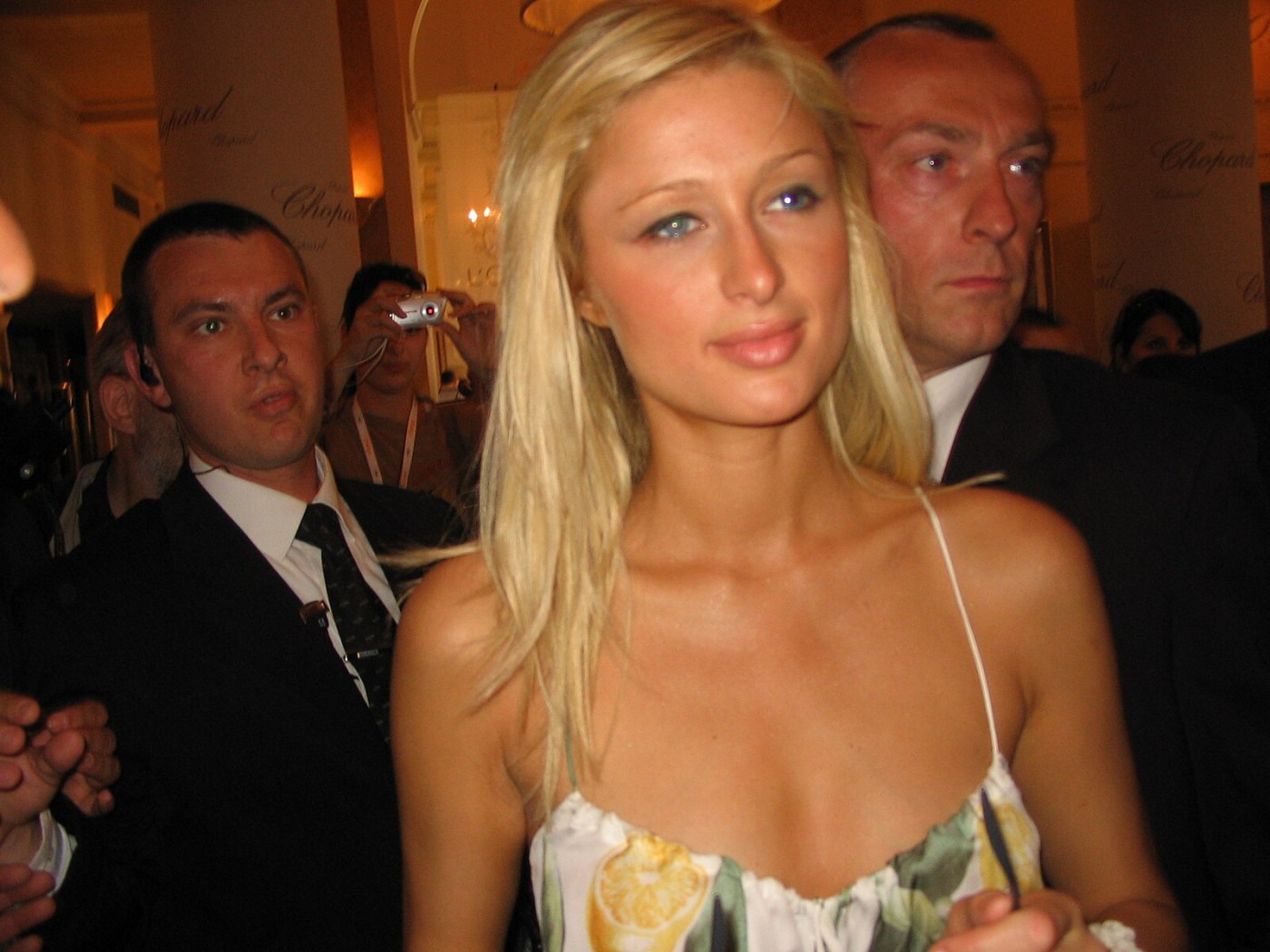Threads of time: Party girls and paparazzi, the high fashion origins of Y2K
Over the past five years or so, ‘Y2K’ has re-established itself as a distinct fashion trend, memorialised through iconic pieces such as low-rise jeans, the Juicy Couture tracksuits, and the miniskirt. In this article, I’ll explore the origins of this iconic 2000s-era fashion, tracing its origins from the runway to the pages of gossip magazines. This era was, on levels unlike any before it, defined by a newfound view of the ‘celebrity’, shaped by reality TV shows, paparazzi-fuelled media, Twitter, the rise of the blog, cable shows featuring ‘it-girl’ characters, and the emergence of a new type of sex symbol: the pop-star.
On the runways, “logomania” reigned, underlined by the rise of the clutch and the baguette bag, stamped with the designer’s logo, Dior bikinis adorned with their Oblique monogram, and belt buckles formed from Gucci’s double Gs. This obsession with branding was further fuelled by the era’s paparazzi, who captured reality TV stars like Kim Kardashian and Paris Hilton, flaunting these instantly recognisable bags, and sporting other designer items.
One of the most iconic Y2K trends was the boho, layered look
At the same time, television played a crucial role in shaping fashion. Gossip Girl, one of many popular cable dramas of the era, along with the likes of Sex and the City, were among the first of its kind to integrate high fashion into its narrative. The show regularly featured characters dressed in designer-loaned pieces from such as Chanel, Louboutin and Prada, further fuelling audience desire for luxury goods and reiterating the decade’s fascination in “logomania”. Fashion and pop culture specialist Tyler McCall suggests that Gossip Girl’s immense popularity among its contemporary audience was due to its timing. Premiering at the beginning of the Great Recession, the show offered a dose of ‘absurd escapism’, seen in, as she notes, Jenny paying off her ‘minions’ with YSL bags, or Chuck flying to Germany just to buy Blair some Falke stockings. This idea of ‘absurd escapism’ also relates to the broader Y2K “logomania” obsession as a whole, with followers of celebrity culture desiring designer items to emulate their idols.
One of the most iconic Y2K trends was the boho, layered look: think dresses over jeans, statement hats, infinity scarves, Coachella, and Gabriella from High School Musical. Again looking to Gossip Girl, Serena Van Der Woodsen, characterised as New York City’s ‘it-girl’, embodied a distinctly bohemian-chic aesthetic.
It was about curating your look, layering different pieces to create a unique, effortless persona that defined the ‘it-girl’, city girl ideal
What set this trend apart was that it was a movement emphasising the act of styling over the individual pieces. It was about curating your look, layering different pieces to create a unique, effortless persona that defined the ‘it-girl’, city girl ideal. This movement is credited to celebrity stylist Rachel Zoe, and the Olsen twins, two of the biggest child-stars turned party-girls, who were proponents of the boho-chic look, cementing its status as a defining Y2K movement.
The translation of high fashion trends onto the bodies of papped celebrities is depicted, perhaps most iconically in this period, by the low-rise trouser. Alexander McQueen is the designer behind the style, first appearing in his 1993 Taxi Driver collection, and again in his 1995 Spring/Summer collection, with his daring, tail-bone revealing “bumster trousers.”
The rise of the pop princess had a direct influence on 2000s fashion
By the 2000s, this silhouette had gone mainstream, seen on the body of every pop star of the era, from Britney Spears to Destiny’s Child. Indeed, the rise of the pop princess had a direct influence on 2000s fashion, with Christinia Aguilera, Shakira and Jennifer Lopez as three more icons who adopted the low-rise silhouette. The pop-stars were joined in this trend by child stars-turned-party girls such as Lindsay Lohan, and reality TV stars, such as Paris Hilton and Kim Kardashian. In contrast to the minimalism of ‘90s red carpets, the hyper-sexualised and invasive celebrity culture of the 2000s, driven by relentless paparazzi coverage, also played a role in shaping the period’s fashion trends.
For example, at the 2008 MTV VMAs, Lindsay Lohan walked the carpet in what appeared to be a simple dress. However, true to 2000s style, it featured zip detailing that, with movement, would reveal glimpses of her posterior or cleavage. This era’s media fixation on the messy, party-girl personas of Hilton, Lohan and Spears, further shaped Y2K fashion, where modesty was out, and skimpy was in. These celebrities’ fans equally replicated these papped clubbing looks. Tangible examples of these manifest in camis, backless scoop-neck tops, and tiny bandeaus, to name a few – all in bright pops of colour.
The iconic Juicy Couture tracksuit became the unofficial celebrity uniform of the 2000s, desired by every pop culture and Y2K fashion disciple
Recently reflecting on her party girl persona of the 2000s, Paris Hilton drew attention to the toxic and sexual nature of the media, recalling how they would ‘target a certain group of girls’, including her and former co-star Nicole Richie, and how ‘the ‘00s were vicious to all the girls.’ The obsession with the antics of the pop and child stars of the Y2K period can be seen as a baby pink version of the 1990s grunge era, as the 2000s was still reeling from the 1990s brutal diet culture. Kate Moss’ ‘nothing tastes as good as skinny feels’ ethos goes hand-in-hand with the low rise jeans and tiny party-girl clothes.
Finally, the iconic Juicy Couture tracksuit became the unofficial celebrity uniform of the 2000s, desired by every pop culture and Y2K fashion disciple, embodies Y2K’s celebrity obsession. Bold, overstated nature, and playful yet rebellious spirit – an overall combination in the Y2K period that no decade’s fashion seems to have been able to replicate.

Comments